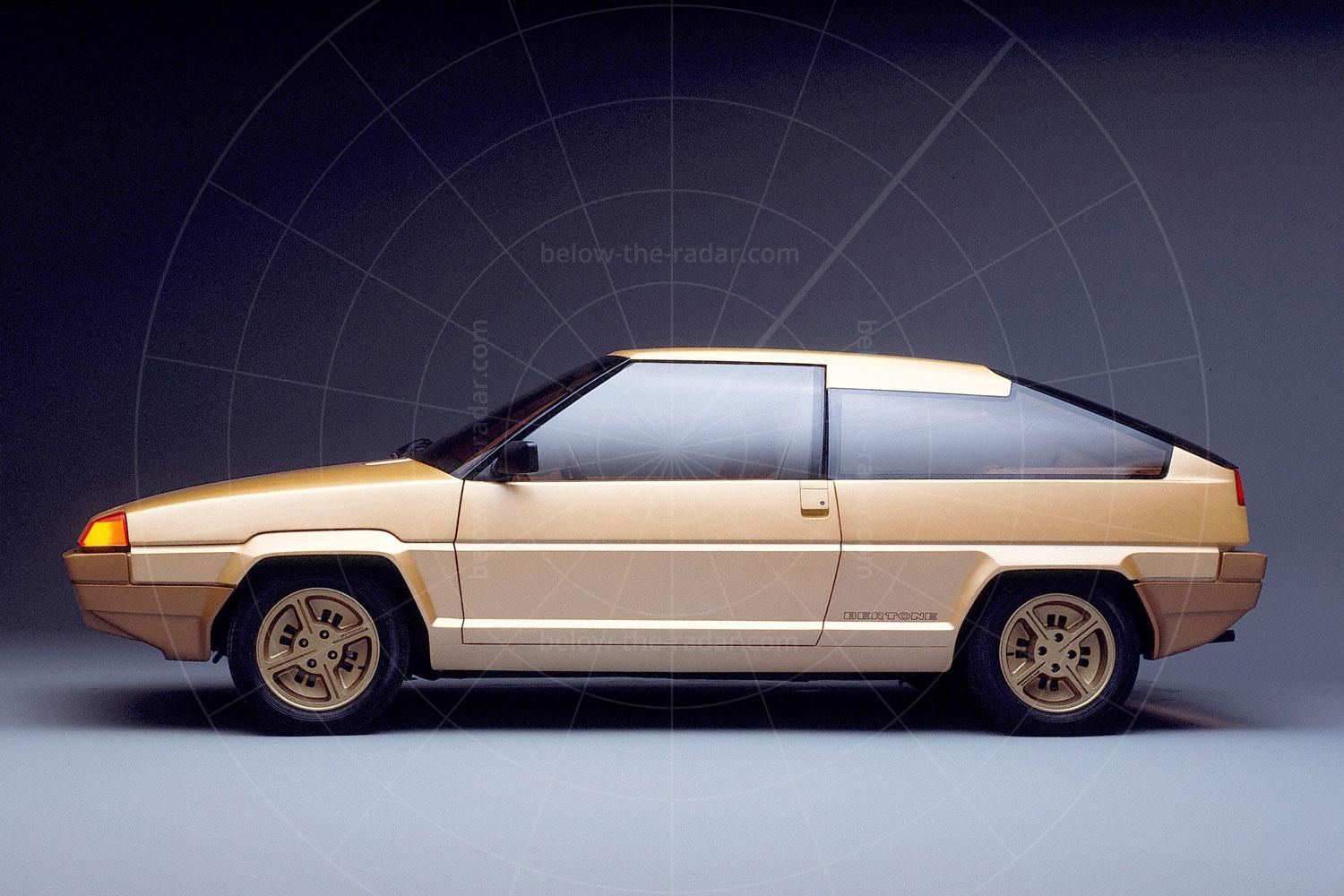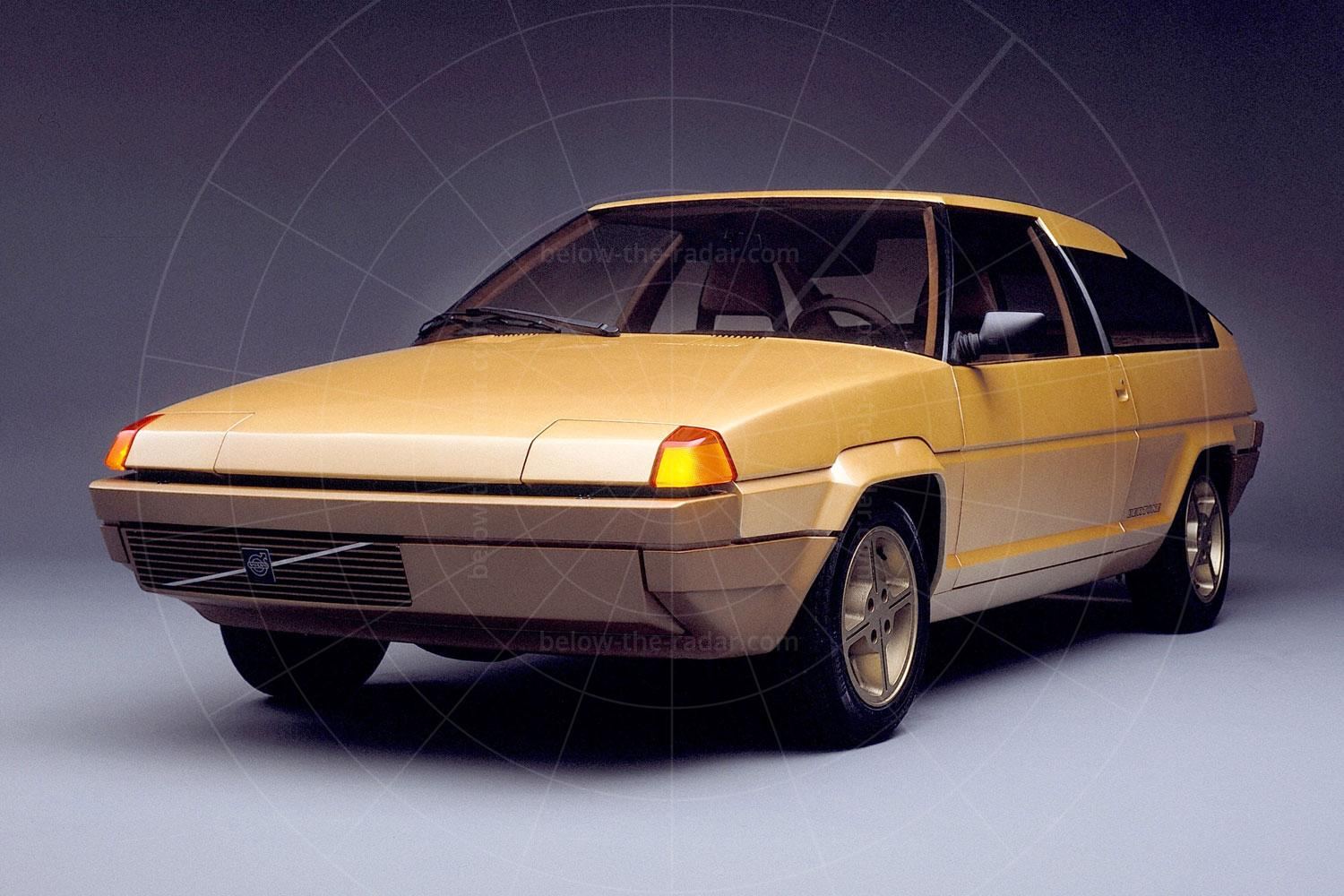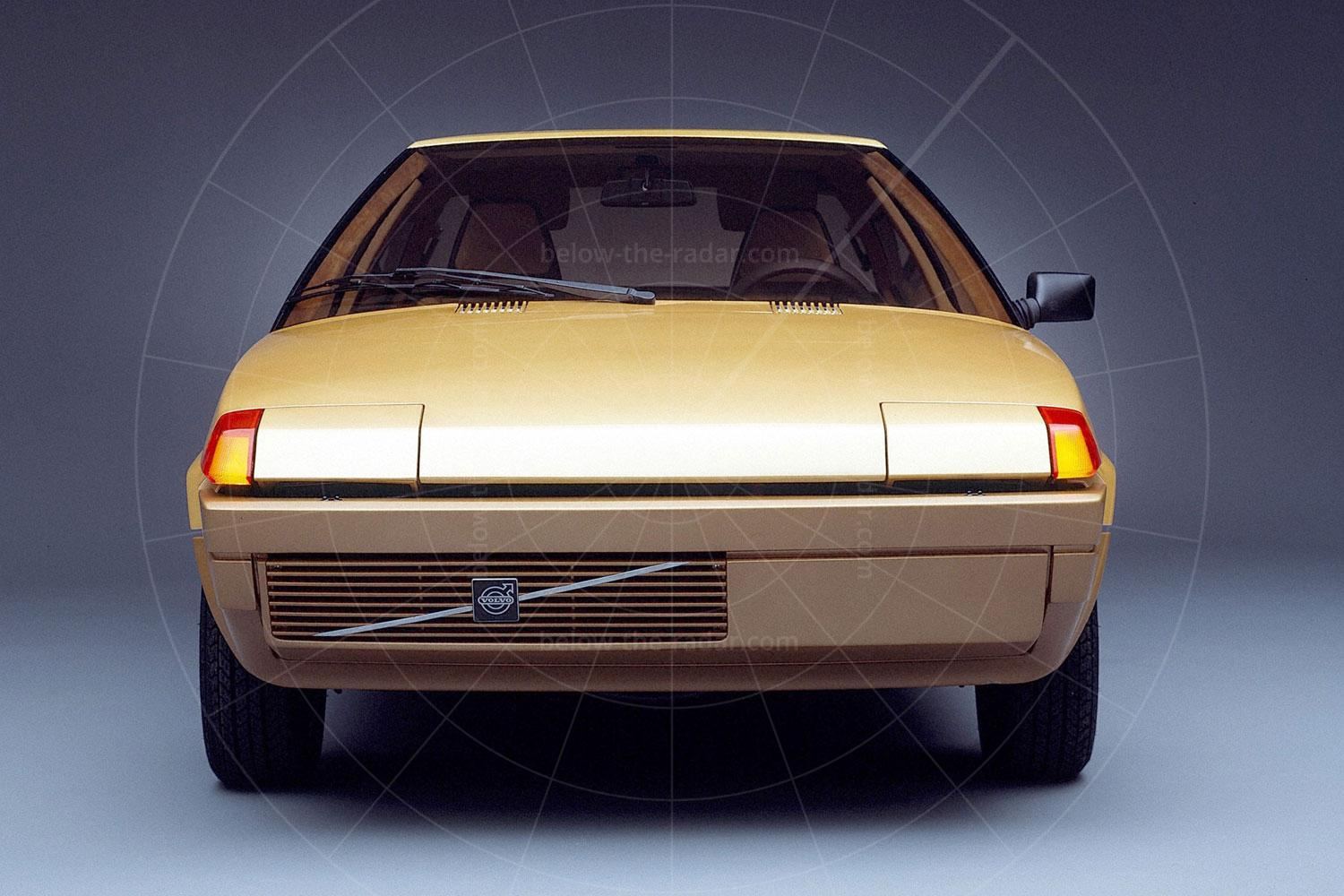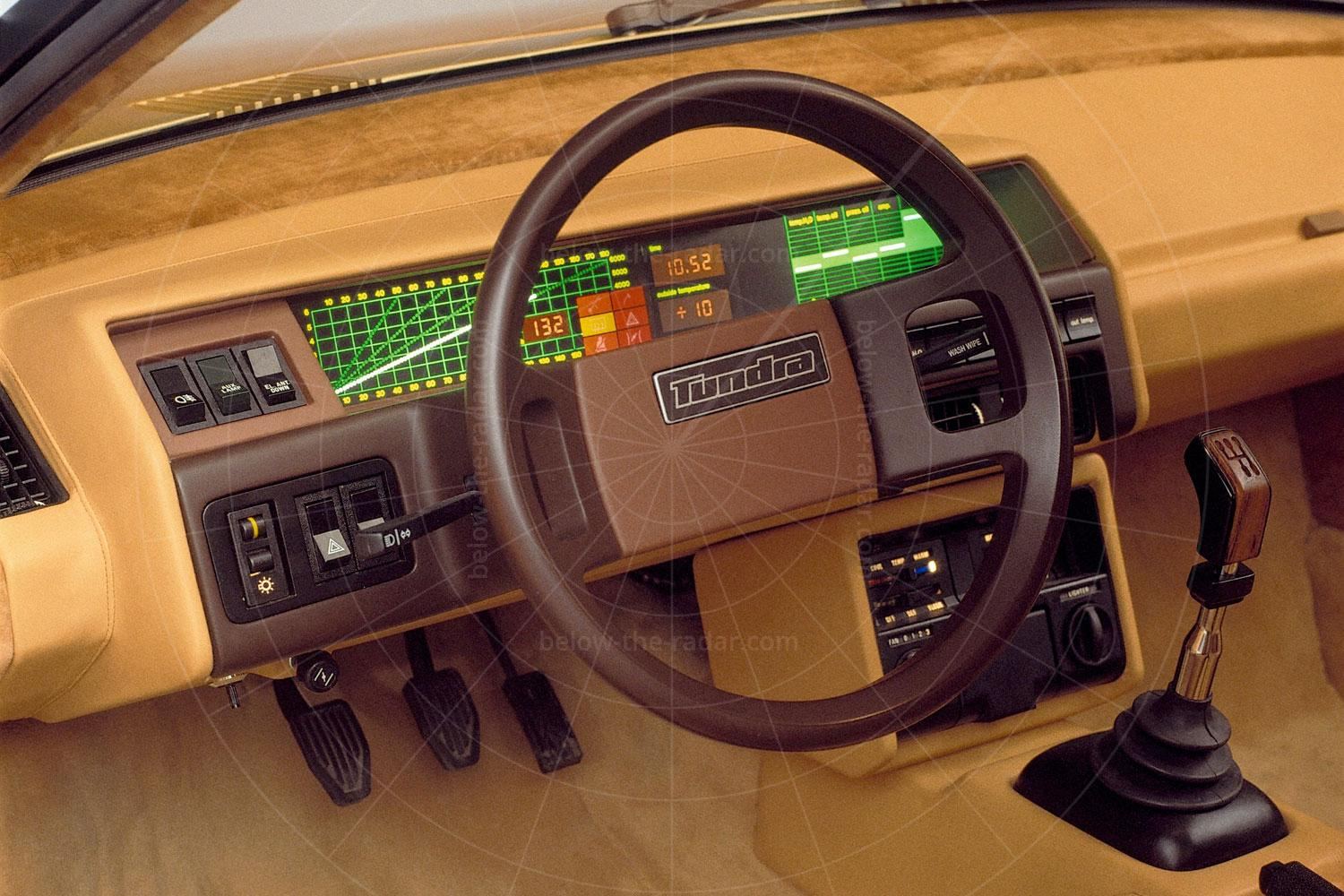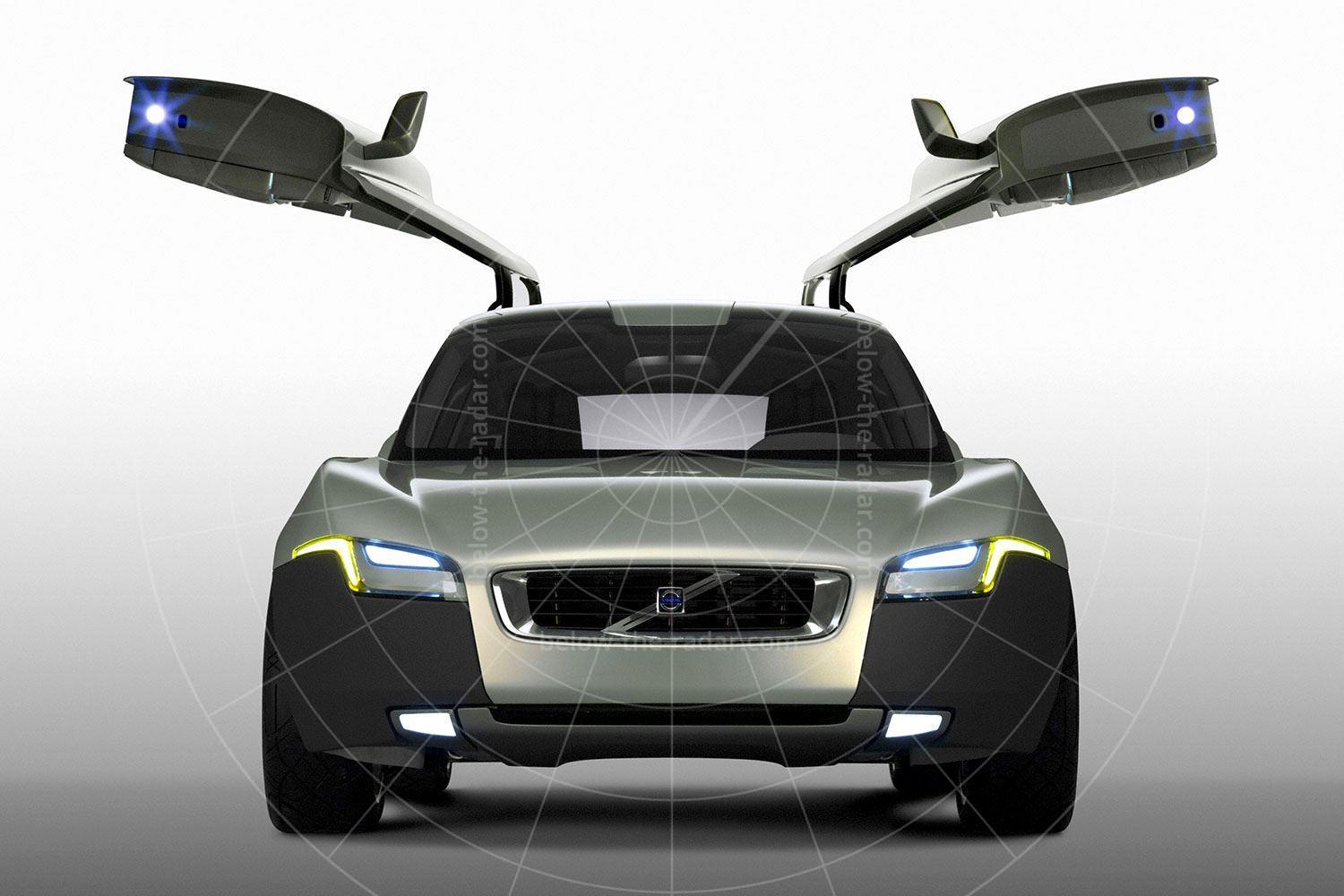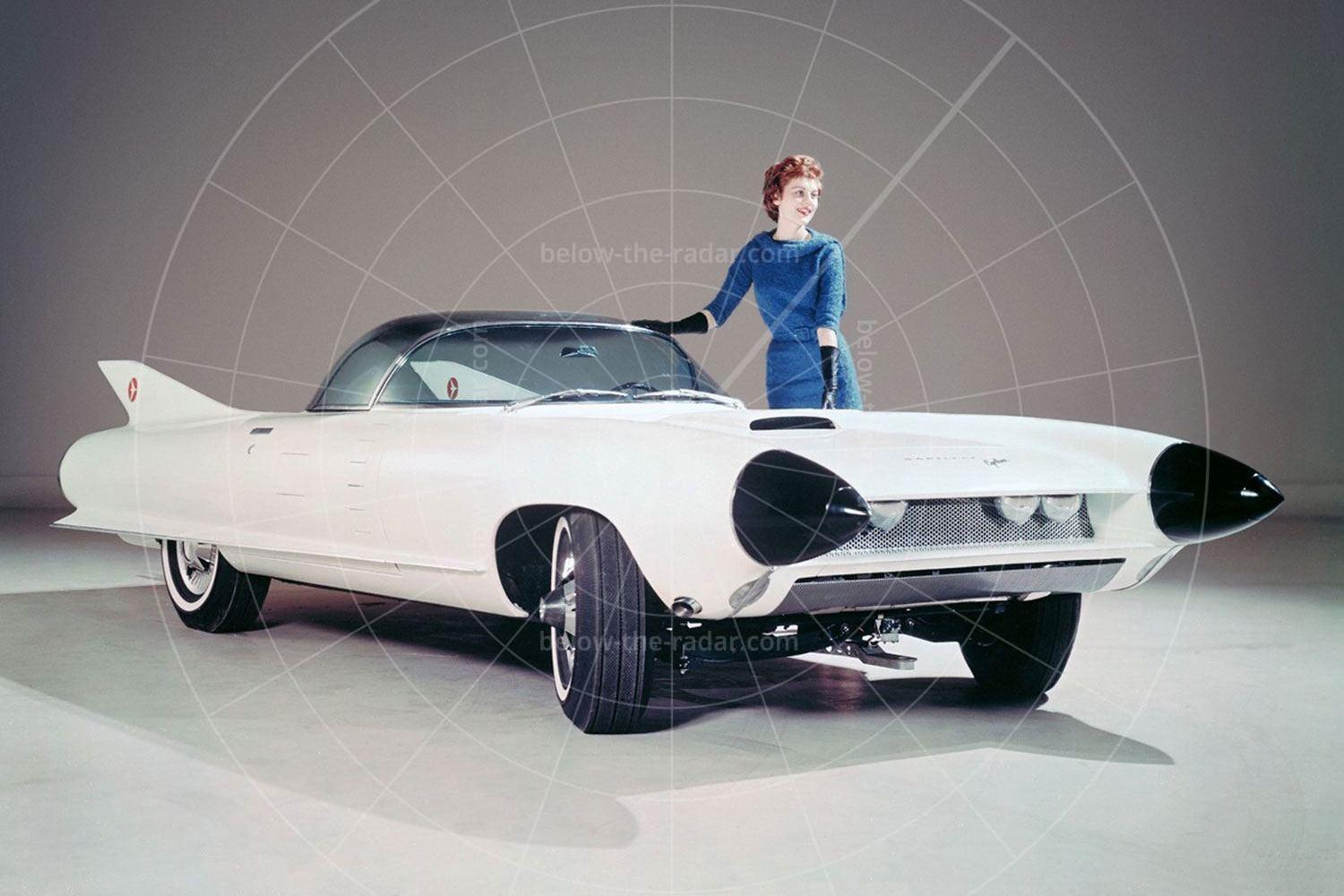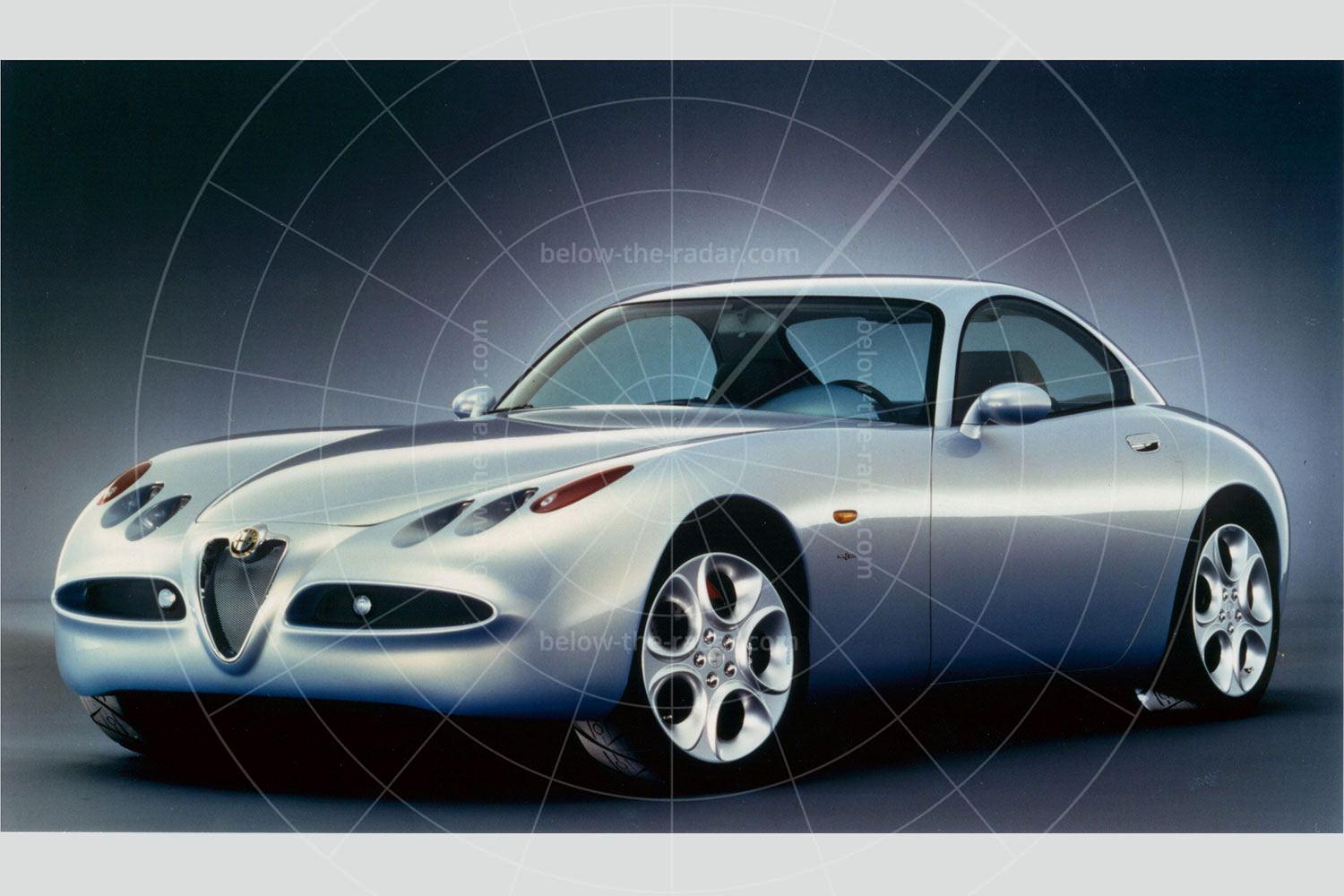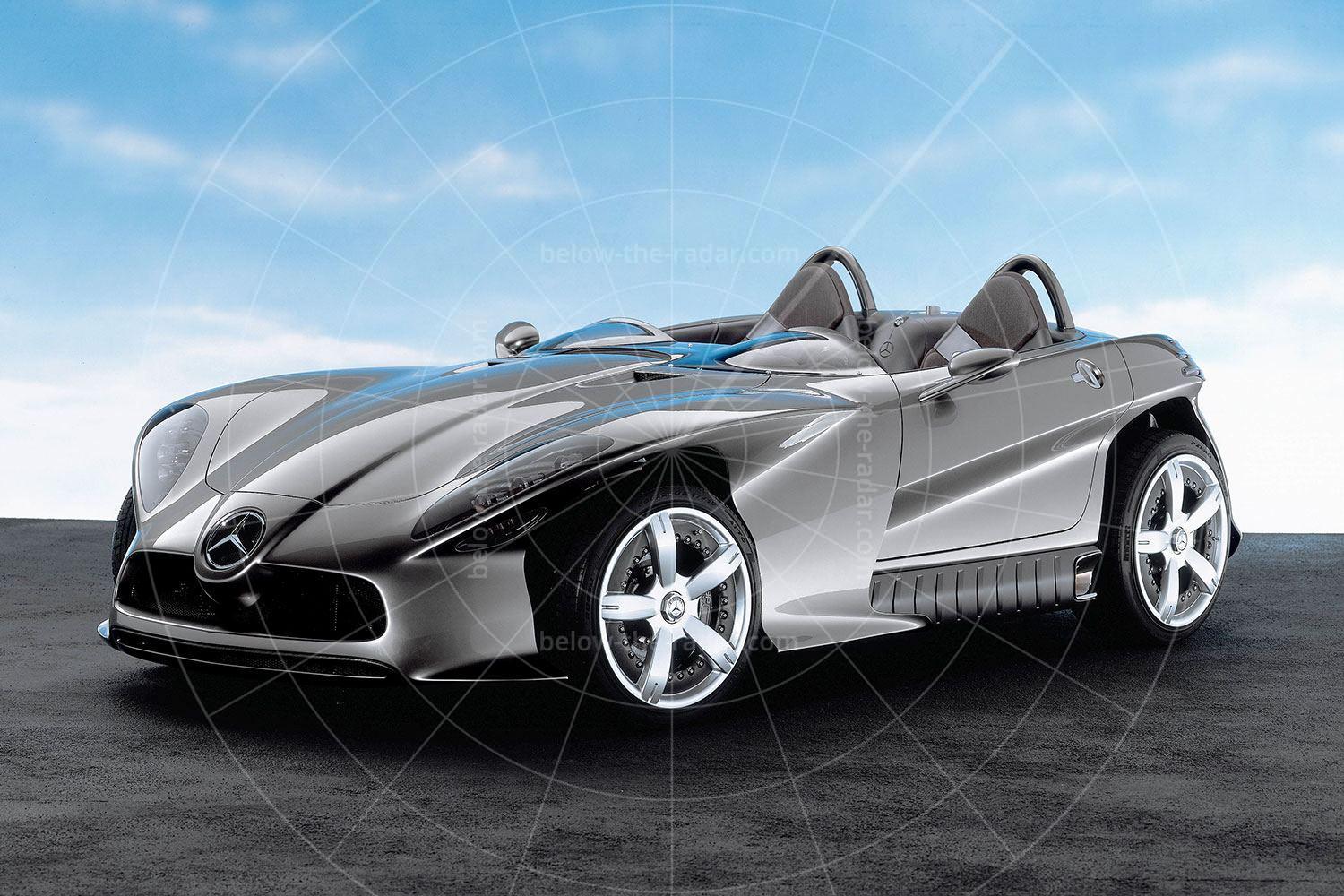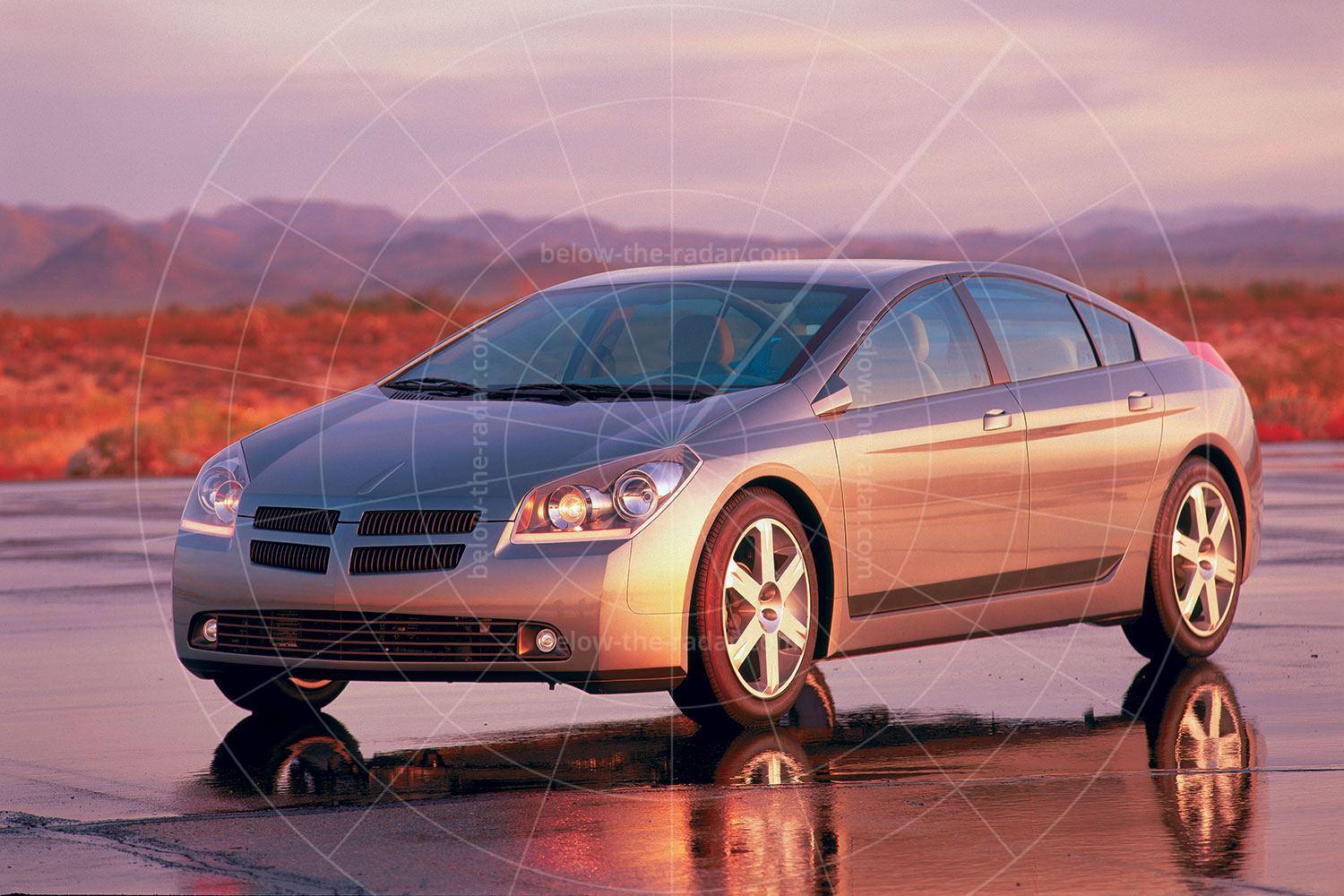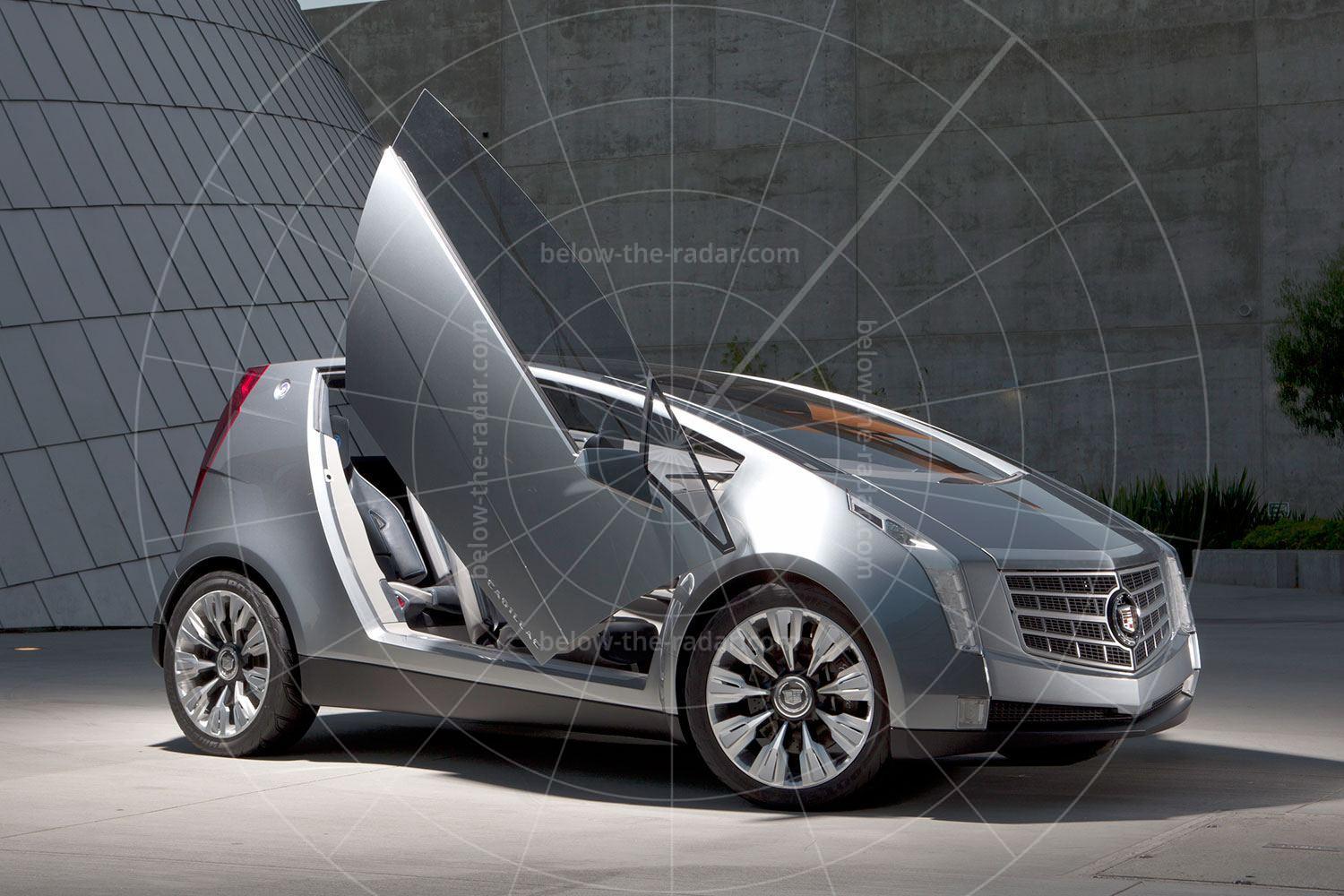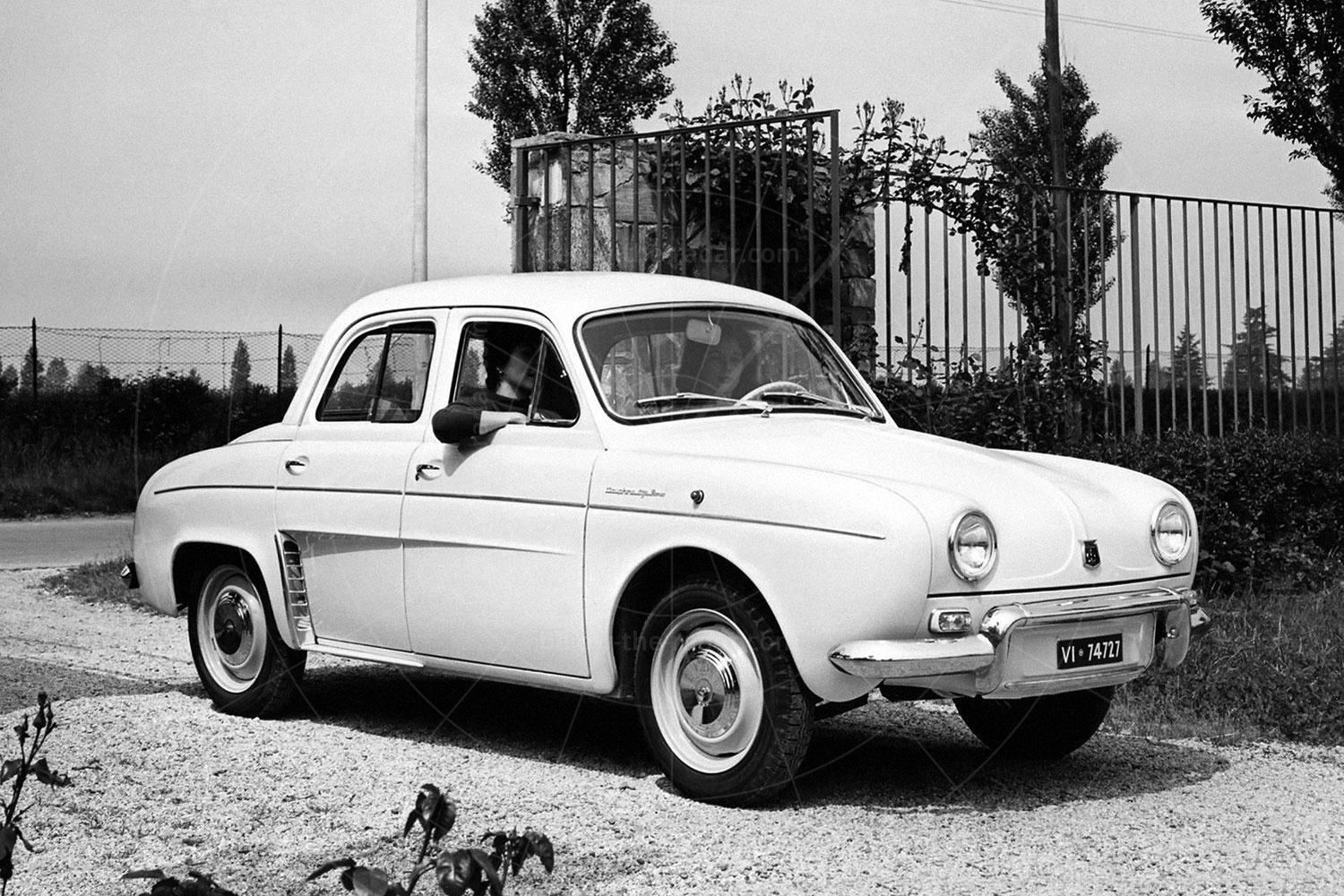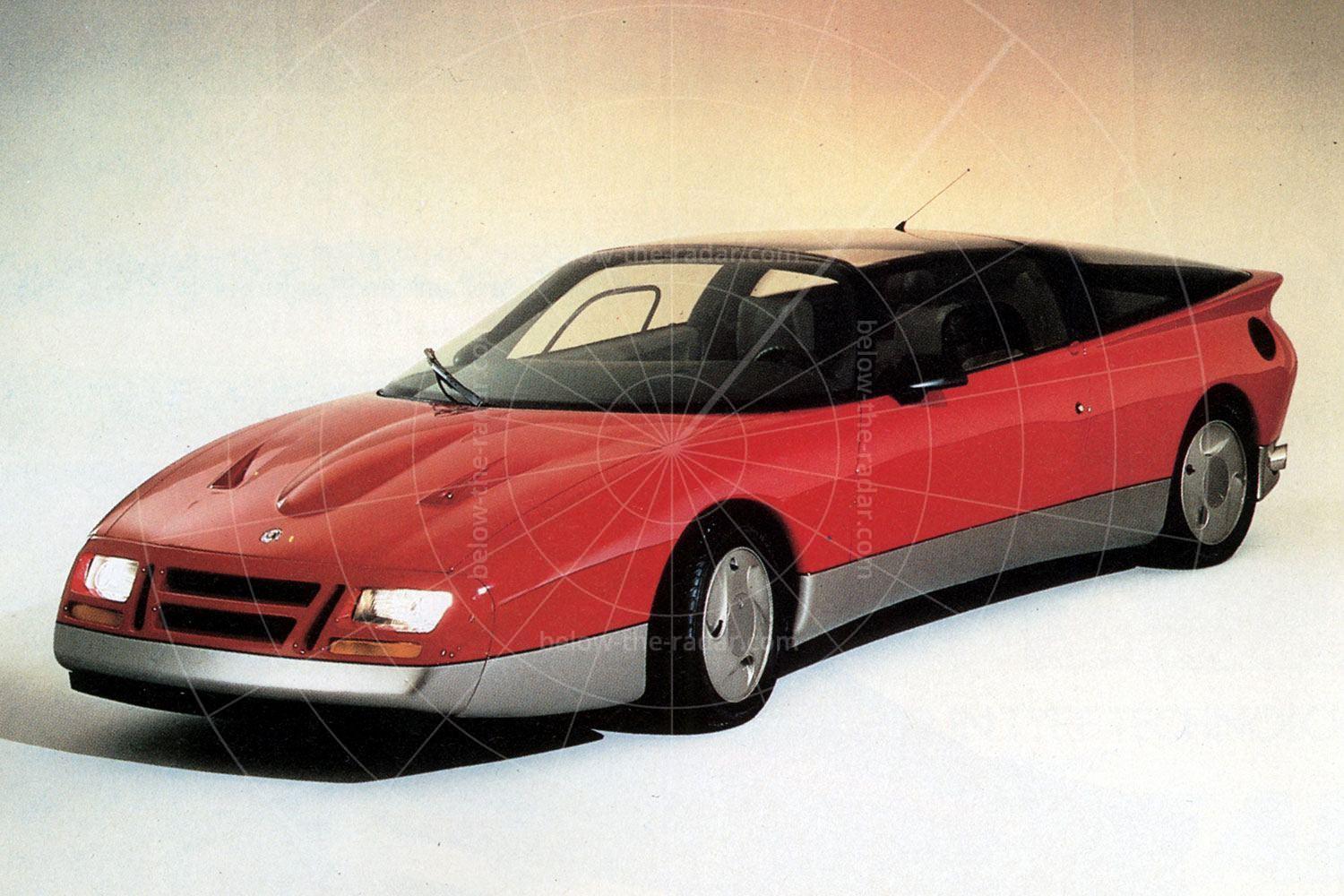When it comes to largely-forgotten and quirky cars, the Volvo 262C is right up there. The fact that the 262C is one of the few Volvo failures makes it all the more appealing, but its lack of success can't have made Volvo more inclined to work with Bertone, the design house that penned it.
It was against this backdrop that Bertone unveiled the Tundra at the 1979 Geneva Salon, a couple of years after the 262C had gone on sale. Based on a 343, a car that was developed by Daf before it was bought by Volvo, Bertone created the Tundra in the hope that Volvo might throw it a few crumbs – or even better, a contract to engineer the car for production, and to build it in volume. With 2000 staff on the payroll and a production capacity of 25,000, keeping Bertone's factory busy was essential.
From the late sixties and throughout the seventies, Bertone wheeled out one angular wedge-shaped concept after another; the Carabo, Stratos, Trapeze, Bravo, Athon, Sibilo, Ascot and Navajo were just some of the wedgetastic show cars unveiled, while the production cars were no less angular. Think Lamborghini Countach, Fiat X1/9 and Ferrari 308 GT4 and you'll get the idea.
Then there was the 1977 Reliant FW11, a five-door family hatch that looked vaguely reminiscent of the Giugiaro-designed FSO Polonez. Just like the Tundra, the FW11 was styled by Marcello Gandini for Bertone. And just like the FW11, which was created as a blueprint for Turkish car maker Otosan to enter the family car market, the Tundra was stillborn. Or was it? More on that later…
With its clear devotion to the wedge, when Bertone whisked the wraps off the Tundra in March 1979, its rakish profile didn't come as much of a surprise, although there was a lot more to this rebodied 343 than just the shape. The 343 was picked only to keep Volvo sweet; any rear-wheel drive small family car could have provided the basis for the Tundra, and in fact the 343's rear leaf springs posed a problem because they increased the length of the platform to the point that the design didn't work. The only solution was to lop seven inches off each spring, to slash the rear overhang.
Power – all 70bhp of it – came from a 1397cc Renault-sourced four-cylinder petrol engine, which drove the rear wheels via a four-speed manual gearbox. Until autumn 1978 the 343 came only with a Variomatic continuously variable transmission, so the Tundra was the perfect place to promote the new gearbox. Also carried over from the 343 was the unusual front suspension, which comprised longitudinal torsion bars, an anti-roll bar and telescopic double-acting shock absorbers. At the back was a de Dion set-up with half-elliptic springs, while the braking was by discs up front and drums at the rear.
Nobody cared all that much about the Tundra's mechanical spec though; it was the radical suit that set tongues wagging. The problem was that the boxy, angular lines didn't appeal to many, the roofline extended down behind the doors drawing much of the criticism. Then there was the offset grille which made the car look unbalanced; the aim had been to make housing the number plate easier, but the design backfired. If the Discovery 5's offset rear number plate makes you itch, the Tundra's nose would have you reaching for the Valium.
The very slim pillars and flush-fitting glass (and the Tundra had an awful lot of glass…) also drew criticism, because in 1979 the production methods didn't exist to reliably build cars with these features; most commentators assumed that flush glazing wouldn't be commercially viable for decades to come. By 1982 the Audi 100 C3 would bring flush glazing to the market, although its design wasn't quite as radical as the Tundra's.
With Bertone's golden wedge unveiled on the cusp of the 1980s, it fully embraced the digital age with an electronic dashboard that looked as though it came from decades into the future. But once again, by 1983 Renault had introduced the 11 Electronic with a fully digital dashboard, although the Aston Martin Lagonda famously pre-dated this by seven years. The difference was that Renault's system worked. Well, at least for a while. The Tundra's dashboard LEDs changed colour depending on whether or not everything was functioning correctly; if everything was illuminated in green all was well, but a change to white meant there were problems somewhere.
When Autocar analysed the Tundra the feeling was that something very much like it would be seen soon after in the Volvo range. After all, Bertone had built a concept which was supposedly nearly production-ready, with very few changes needed to make it into showrooms. But Volvo passed on the option to put something like it into production, and by the start of the 1980s the Tundra was all but forgotten. It has survived though; following the bankruptcy of Bertone in 2014, the following year 76 of its cars were sold off, and the Tundra is now in the Volandia museum in Milan.
Bertone didn't bin all of its work on the Tundra however, because two years after the Tundra was revealed, the key design themes were revisited for the Mazda MX-81 concept which made its debut at the 1981 Tokyo motor show, then shown again as the Aria at the 1982 Turin Salon. Within weeks of that event, Citroën unveiled the BX, a car that would go on to sell in volume: 2.3 million would find buyers in a production run that lasted a full 12 years. Essentially a five-door Tundra, Gandini's angular design might have been too racy for Volvo buyers, but they were just the thing for Citroën's.

